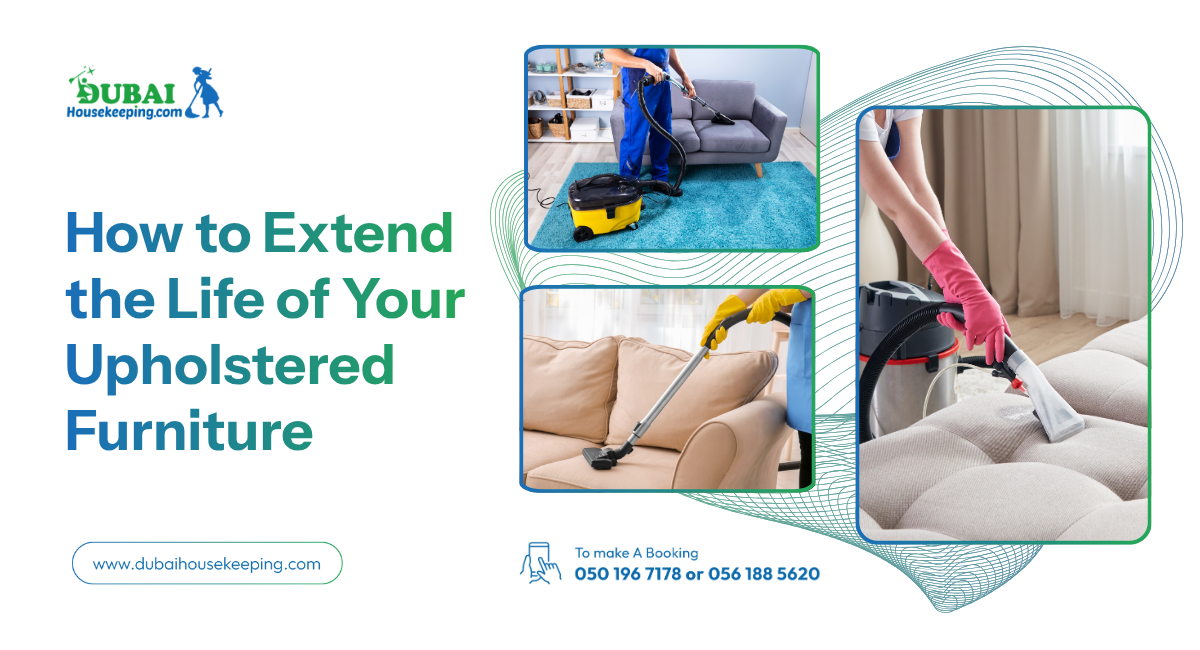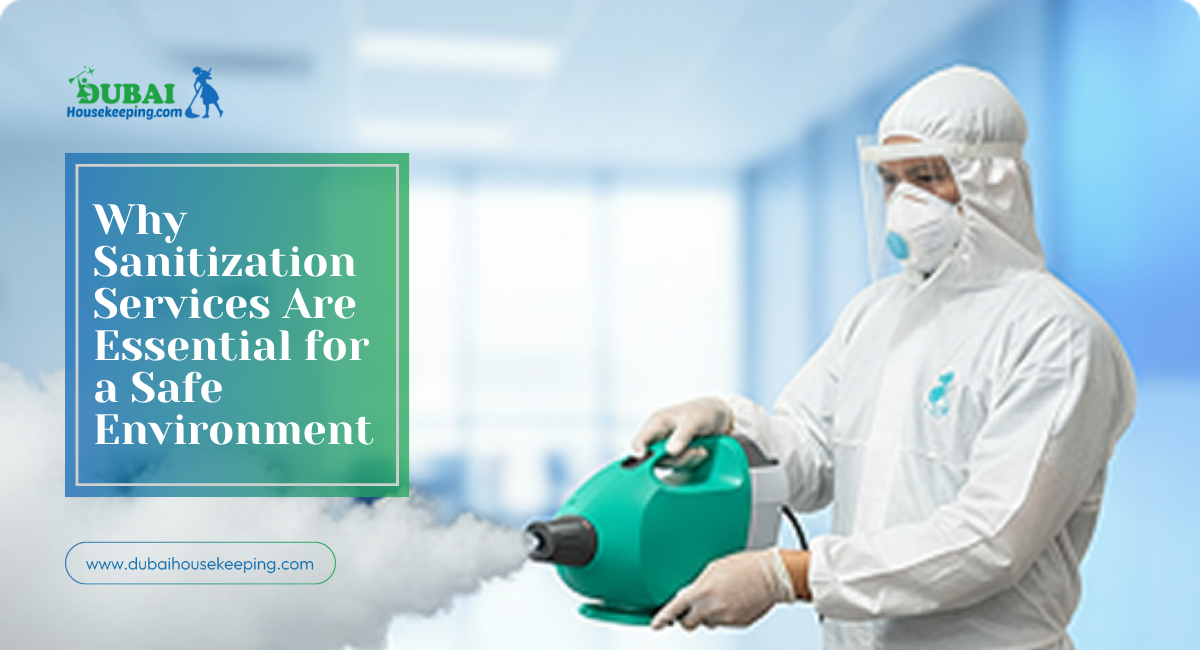Upholstered furniture is more than just a functional part of your home—it’s an investment in comfort, style, and ambiance. From plush sofas to elegant armchairs, these pieces enhance the living space and provide a cozy retreat after a long day. However, without proper care, upholstered furniture can quickly lose its charm. Fading, sagging, stains, and structural wear are common issues that many homeowners face.
The good news? With consistent care, attention to detail, and a few practical strategies, you can significantly extend the life of your upholstered furniture. In this guide, we’ll explore actionable steps to help you keep your sofas, chairs, and other fabric furnishings looking fresh and lasting for years.
Understand Your Upholstery Material
The first step in preserving your furniture is understanding the type of material it’s made from. Upholstered furniture comes in a variety of fabrics, each with its own care requirements. Treating leather the same way as linen, for example, could lead to irreversible damage. Here’s a brief overview:
- Leather: Leather furniture needs periodic conditioning to maintain its natural oils and prevent cracking or drying. Harsh chemicals and direct sunlight can damage the surface, so always clean gently and use protective products to preserve its look and durability.
- Linen: Linen is strong and breathable, making it ideal for furniture, but it can wrinkle easily and stain if not treated carefully. Use mild cleaning solutions and consider slipcovers to protect high-traffic areas while maintaining its elegant appearance.
- Velvet: Velvet is soft, luxurious, and visually appealing but delicate. Regularly brushing the fabric preserves its plush texture, while professional cleaning is recommended for deep stains to avoid damaging the fibers and to maintain its rich look.
- Microfibre: Microfibre is durable, stain-resistant, and easy to maintain, making it ideal for everyday use. Most spills can be wiped away with a damp cloth, but avoid hot water or harsh cleaners, as these can weaken fibers or cause discolouration.
Always check manufacturer labels for cleaning instructions and follow them closely. Understanding the fabric type allows you to adopt the right cleaning, maintenance, and protective measures.
Regular Cleaning Practices
Consistent cleaning is one of the most effective ways to prolong your furniture’s life. Dust, dirt, and debris can wear down fibers and cause fabrics to look dull over time.
Vacuuming
Vacuuming your furniture once a week removes dust, crumbs, and pet hair. Use a brush attachment to avoid damaging the fabric. For crevices, a handheld vacuum or upholstery nozzle can be particularly effective. Regular vacuuming not only maintains appearance but also improves indoor air quality.
Spot Cleaning
Spills are inevitable, but treating them immediately can prevent permanent stains. Blot (don’t rub) the spill with a clean cloth to absorb as much liquid as possible. For specific fabrics, use recommended cleaning solutions to remove stains without damaging fibres. Always test a cleaner on an inconspicuous area first.
Professional Cleaning
Even with careful home care, every upholstered piece benefits from professional upholstery cleaning in Dubai. Professionals can remove embedded dirt, allergens, and stubborn stains without compromising fabric integrity. Investing in professional care helps maintain your furniture’s appearance and durability.
Protect from Sunlight and Heat
Exposure to sunlight and heat is a silent culprit in furniture wear. UV rays can fade fabrics, weaken fibres, and even cause leather to crack. Heat from radiators or vents can similarly damage fabrics and distort cushioning.
Tips for protection:
- Position away from sunlight: Keep furniture out of direct sunlight or use blinds, curtains, or UV-protective films to prevent fading, fabric weakening, and premature ageing of upholstery.
- Rotate furniture placement: Periodically changing the position of your furniture ensures even exposure to light, reducing uneven fading and maintaining a consistent, vibrant appearance over time.
- Keep distance from heat sources: Place sofas and chairs a few feet away from radiators, heaters, or vents to avoid fabric damage, drying, or structural issues caused by excessive heat exposure.
By taking these precautions, you protect your furniture’s colours and maintain its structural integrity.
Rotate and Fluff Cushions
One of the easiest ways to extend the life of your upholstered furniture is by regularly rotating and fluffing cushions.
- Rotation: Frequent use can cause cushions to sag or become uneven. By rotating and flipping them, you distribute weight evenly and reduce wear on specific areas. This simple habit helps maintain shape and comfort over time.
- Fluffing: Cushions, especially those with down or synthetic fill, benefit from regular fluffing. Gently shake, knead, and pat them to restore loft and prevent lumps. Over time, this practice keeps seating comfortable and visually appealing.
Use Protective Covers and Accessories
Protective accessories can be your furniture’s first line of defense against daily wear, spills, and accidents.
- Slipcovers: Ideal for homes with children or pets. Slipcovers are easy to remove and wash, preserving the underlying fabric.
- Armrest and headrest covers: Prevent friction damage and discoloration from frequent use.
- Throws and decorative blankets: Besides adding style, these protect seating surfaces from spills, stains, and pet hair.
- Coasters and trays: Use for beverages or snacks to prevent liquid rings and crumbs from damaging upholstery.
Incorporating these protective measures reduces the frequency of deep cleaning and prevents irreversible damage.
Mind the Pets and Kids
Homes with pets and children face unique challenges when it comes to furniture care.
- Pets: Pets may scratch, shed hair, or leave stains on upholstered surfaces. Keep nails trimmed and provide designated furniture-free zones. Pet-friendly throws or covers can protect delicate fabrics without limiting your pet’s comfort.
- Children: Children can accidentally spill drinks, leave food crumbs, or cause stains during play. Teaching kids to use designated areas for snacks and play, along with protective covers, can help maintain your furniture’s longevity.
Maintain Frame and Structure
The comfort and durability of your furniture depend not only on the upholstery but also on its underlying frame and structure.
- Check legs and joints: Periodically inspect legs, screws, and bolts to ensure stability. Tighten loose connections to prevent wobbling.
- Springs and supports: Seats with springs or webbing can sag over time. Check for uneven areas and address issues before they worsen.
A well-maintained frame supports upholstery longevity and keeps furniture safe for everyday use.
Additional Tips for Longevity
- Avoid heavy jumping or standing on furniture: Avoid standing, jumping, or placing excessive weight on furniture, as this can strain the frame and cushions. Over time, such pressure can cause sagging, weaken the structure, and significantly reduce the overall lifespan of your pieces.
- Use a fabric protector spray: Applying a fabric-protective spray helps repel liquids, stains, and dirt, making cleaning easier and preserving the appearance of your upholstery. Choose sprays compatible with your fabric type for effective long-term protection without damaging the material.
- Store furniture properly if moving: When moving or storing furniture, wrap pieces in blankets, covers, or plastic to protect against scratches, tears, dust, and moisture. Proper handling during transit ensures that your upholstery stays in excellent condition for years.
- Regular inspection: Conduct monthly inspections of your furniture to spot loose threads, wear, stains, or other damage early. Prompt attention to small issues prevents them from becoming major problems, extending the life and maintaining the comfort of your pieces.
These small habits accumulate over time, helping your furniture look and feel like new for years.
Conclusion
Extending the life of your upholstered furniture is not just about preserving its appearance—it’s about maximising your investment, maintaining comfort, and keeping your living space beautiful and inviting. From understanding your fabric type to regular cleaning, protecting against sunlight, rotating cushions, and addressing damage promptly, each step plays a crucial role in furniture longevity.
Consistency is key. By adopting these practices, you can enjoy your sofas, chairs, and other upholstered pieces for many years without compromising comfort or style. Remember, a little care goes a long way. Whether it’s a weekly vacuum, professional cleaning, or using protective covers, each effort ensures your furniture remains a centrepiece of comfort in your home. Invest in your furniture’s future today—schedule a professional sofa cleaning or start your care routine now and experience long-lasting beauty, durability, and satisfaction.










